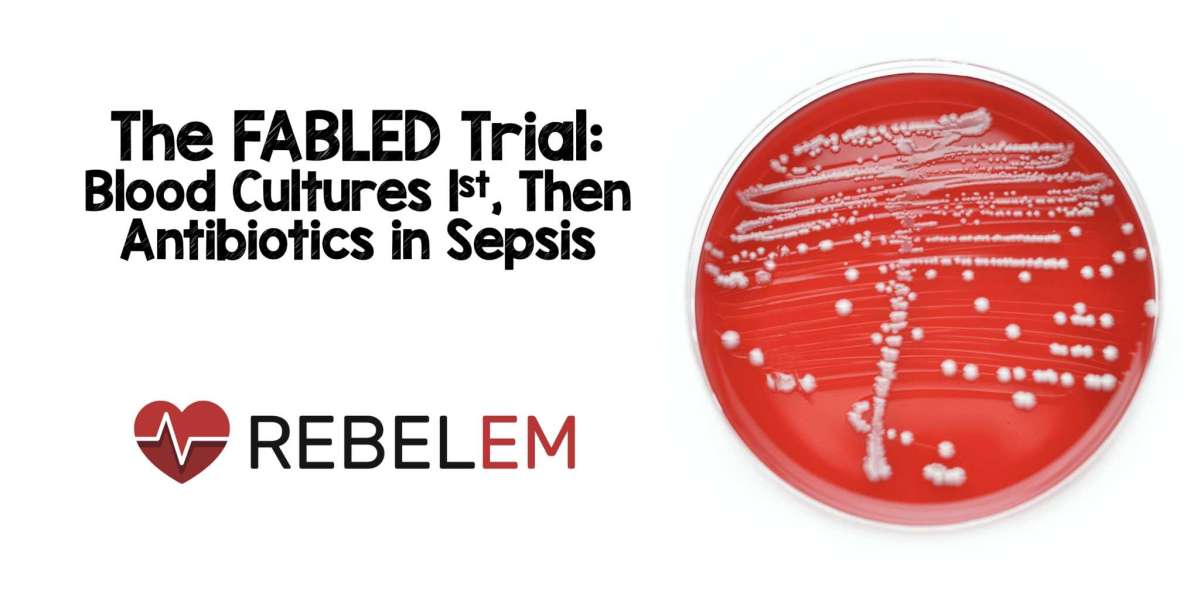Blood cultures are a critical diagnostic tool in medicine, playing a vital role in identifying bloodstream infections. These tests provide invaluable insights into the type of bacteria, fungi, or other microorganisms causing an infection, allowing for targeted and effective treatment. Whether dealing with sepsis, endocarditis, or other invasive infections, blood cultures often guide physicians in determining the best course of action.
What Are Blood Cultures?
A blood culture is a test performed to detect the presence of pathogens in the bloodstream. It involves taking a small sample of blood, which is then incubated in a lab to encourage microbial growth. If microorganisms are present, they will multiply and can be identified using various techniques. This information is critical for diagnosing infections and tailoring treatments.
Blood cultures are typically used when there are signs of a serious infection, such as fever, chills, rapid heartbeat, or low blood pressure. These symptoms often indicate that bacteria, fungi, or other pathogens may have entered the bloodstream, leading to conditions like sepsis or bacteremia.
The Importance of Blood Cultures
Bloodstream infections can quickly become life-threatening if not treated promptly. Blood cultures help healthcare providers identify the exact microorganism responsible for the infection, which is essential for:
Accurate Diagnosis: Blood cultures identify the specific pathogen causing the infection.
Targeted Treatment: Once the pathogen is identified, appropriate antibiotics or antifungal medications can be prescribed.
Antimicrobial Stewardship: Blood cultures help prevent the misuse of broad-spectrum antibiotics, reducing the risk of antibiotic resistance.
Monitoring Progress: Blood cultures can be used to track the effectiveness of treatment over time.
How Blood Cultures Are Performed
The procedure for collecting a blood culture involves several steps:
Preparation: The healthcare provider cleans the skin with an antiseptic to prevent contamination.
Collection: Blood is drawn from a vein using a sterile technique. Typically, two or more samples are taken from different sites to improve accuracy.
Incubation: The blood samples are placed in special bottles containing a nutrient-rich broth to promote microbial growth.
Monitoring: The samples are incubated for several days and monitored for signs of growth. Modern automated systems can detect microbial growth more rapidly.
Identification and Sensitivity Testing: If microorganisms are detected, further tests are performed to identify them and determine their susceptibility to antibiotics or antifungals.
Common Infections Diagnosed with Blood Cultures
Blood cultures are particularly useful for diagnosing a variety of serious infections, including:
Sepsis: A life-threatening condition caused by the body’s extreme response to infection.
Endocarditis: An infection of the inner lining of the heart and its valves.
Meningitis: An infection of the membranes surrounding the brain and spinal cord.
Osteomyelitis: A bone infection that can spread to the bloodstream.
Pneumonia: In severe cases, blood cultures can help identify the causative agent when pneumonia spreads to the bloodstream.
Urinary Tract Infections (UTIs): Complicated UTIs can lead to bloodstream infections, requiring blood cultures for diagnosis.
Limitations and Challenges of Blood Cultures
While blood cultures are incredibly valuable, they are not without limitations. Some of the challenges include:
False Negatives: In some cases, the pathogen may not grow in the culture, leading to false-negative results.
Contamination: Improper collection techniques can introduce skin flora into the sample, causing false-positive results.
Time-Consuming: Traditional blood cultures can take 48-72 hours for results, which may delay treatment.
Volume Sensitivity: Inadequate blood volume collected can reduce the likelihood of detecting pathogens.
Modern Advancements in Blood Culture Techniques
Advancements in technology have significantly improved the accuracy and speed of blood cultures. Automated blood culture systems, molecular diagnostic tools, and next-generation sequencing (NGS) have revolutionized the field. These technologies enable rapid detection and identification of pathogens, even in low concentrations, and can also provide insights into antimicrobial resistance.
Some of the notable advancements include:
Automated Blood Culture Systems: These systems continuously monitor samples for microbial growth, providing faster results.
Polymerase Chain Reaction (PCR): A molecular technique that identifies microbial DNA directly from the blood sample.
Mass Spectrometry: Techniques like MALDI-TOF (Matrix-Assisted Laser Desorption/Ionization-Time of Flight) are used to rapidly identify microorganisms.
Next-Generation Sequencing (NGS): Provides comprehensive information about the microbial community in a blood sample, including rare pathogens and resistance genes.
The Role of Blood Cultures in Antimicrobial Stewardship
Antimicrobial stewardship focuses on the appropriate use of antibiotics to combat resistance and improve patient outcomes. Blood cultures play a pivotal role in this effort by:
Guiding Therapy: Results help narrow down the choice of antibiotics to those most effective against the identified pathogen.
Reducing Resistance: Avoiding unnecessary broad-spectrum antibiotics reduces the emergence of resistant strains.
Improving Outcomes: Timely and accurate treatment improves recovery rates and reduces hospital stays.
When Are Blood Cultures Needed?
Blood cultures are typically ordered when a patient exhibits symptoms that suggest a serious infection. Common scenarios include:
Persistent high fever and chills.
Signs of sepsis, such as rapid breathing or confusion.
Suspected infections in immunocompromised patients.
Post-surgical infections.
Complicated UTIs, pneumonia, or other localized infections that may have spread.
Key Takeaways
- Blood cultures are an essential diagnostic tool for detecting and identifying bloodstream infections.
- They guide targeted treatment, reduce antibiotic misuse, and improve patient outcomes.
- Modern advancements have significantly enhanced the speed and accuracy of blood cultures.
- While invaluable, they do have limitations, such as potential contamination and delayed results.
Final Thoughts
Blood cultures remain a cornerstone of modern infectious disease diagnosis and management. Despite their limitations, they provide critical insights that save lives. With ongoing advancements in technology, blood culture diagnostics are becoming faster, more accurate, and more reliable, further cementing their role in healthcare. For patients and providers alike, understanding the importance of blood cultures can lead to better treatment decisions and improved outcomes.







